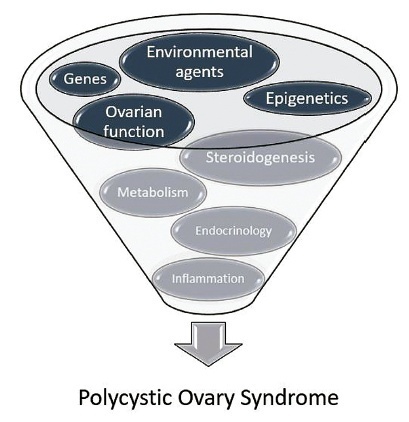Revista Brasileira de Ginecologia e Obstetrícia. 2022;44(4):425-433

Diagnosing polycystic ovary syndrome (PCOS) during adolescence is challenging since normal pubertal development overlap typical features of this syndrome. The authors aim to summarize the existing evidence concerning PCOS in adolescence, particularly its diagnostic criteria and therapeutic options. A search throughout medical databases such as PubMed and MedScape was performed. Diagnostic criteria include irregular menstrual cycles according to time postmenarche and evidence of clinical hyperandrogenism and/or biochemical hyperandrogenism, provided other causes have been excluded. Polycystic ovarianmorphology ought not to be used as a diagnostic criterion. Treatment should targetmanifestations and/or comorbidities, even in the absence of a definite diagnosis. Lifestyle interventions are the first-line treatment. Combined oral contraceptives, metformin or antiandrogens may also be considered as adjuvants. Screening for PCOS in adolescence is crucial as it allows an early intervention on the symptoms and comorbidities presented leading to better long-term reproductive and metabolic outcomes.
Search
Search in:


Comments